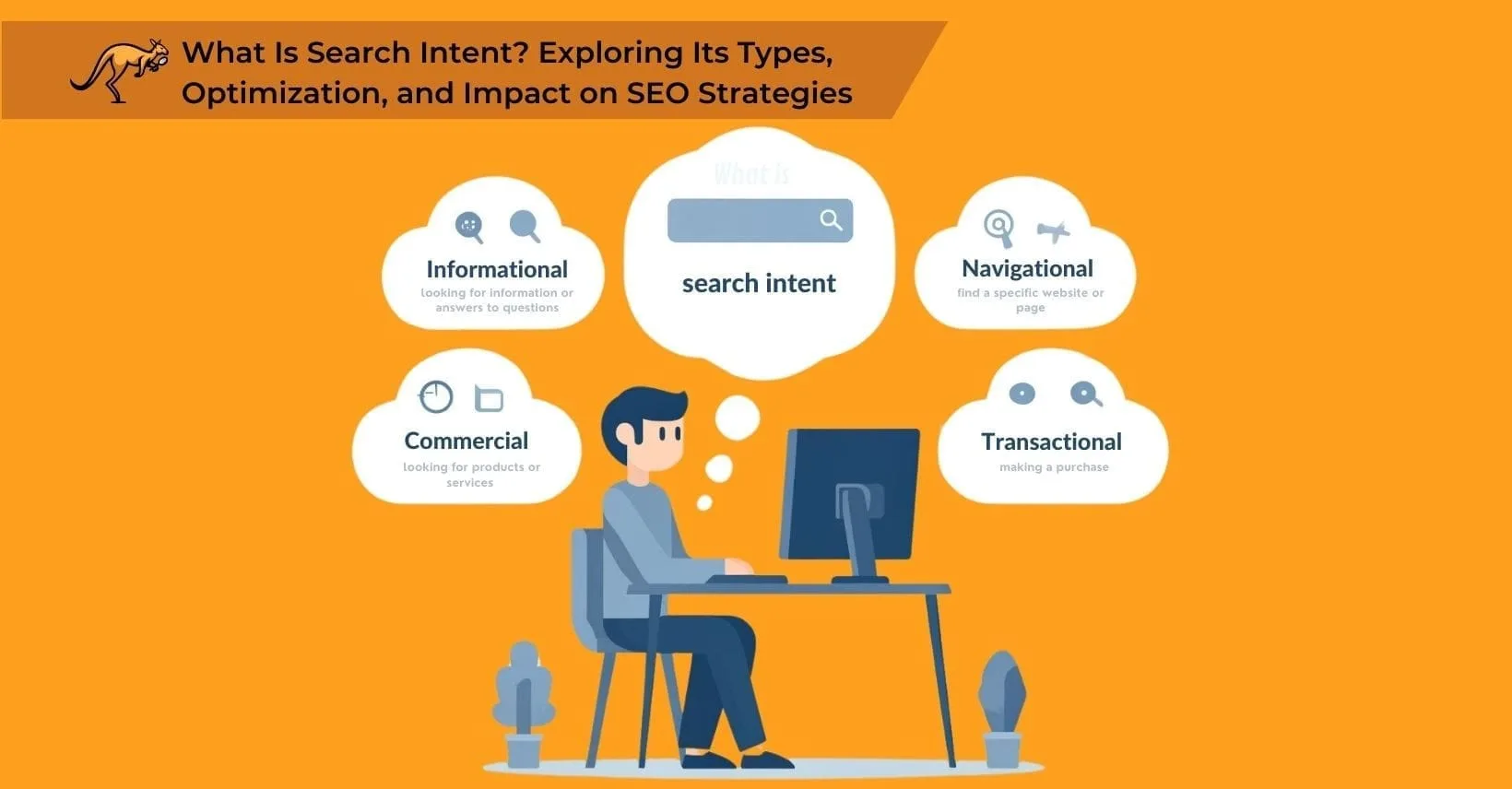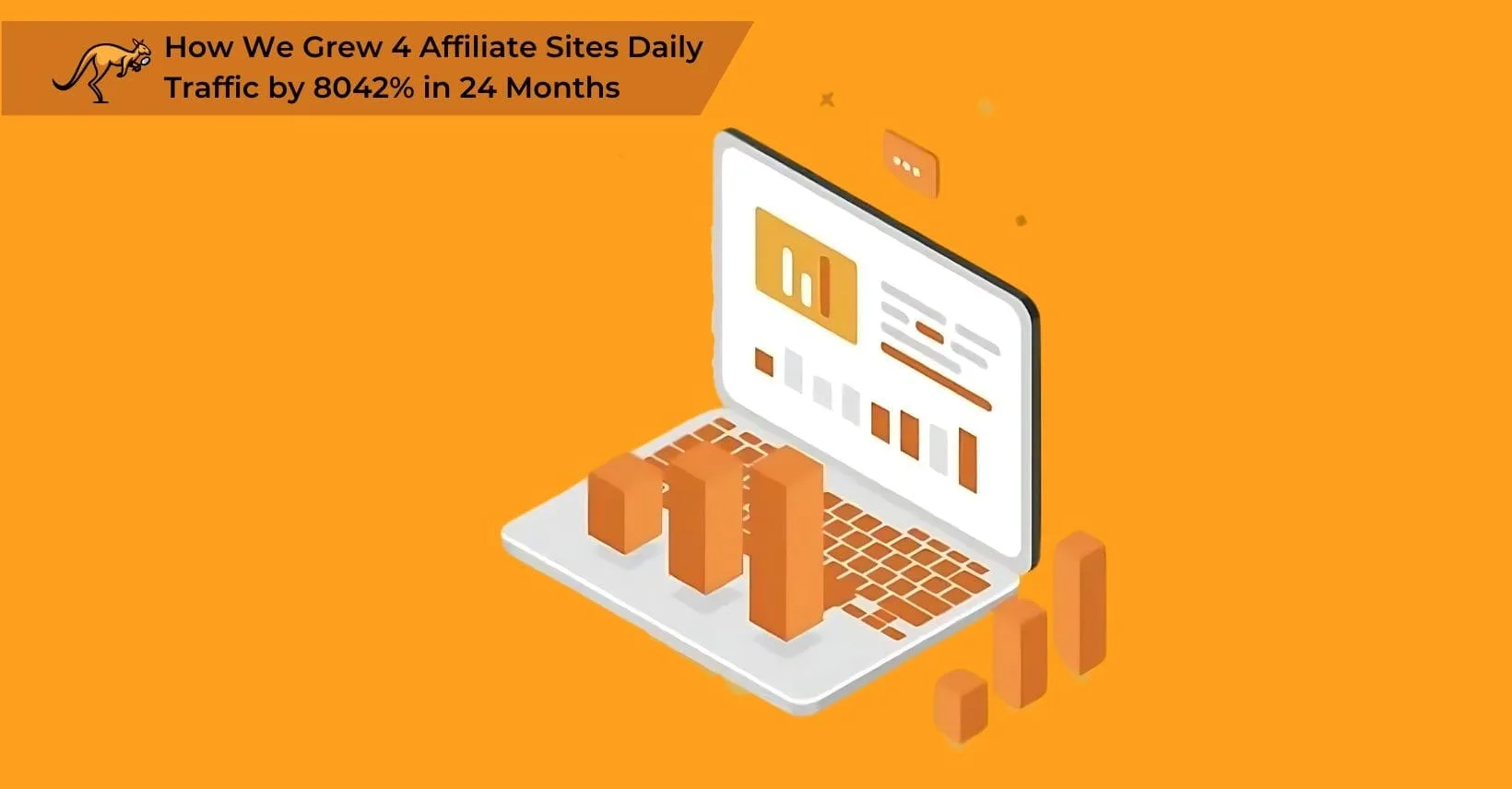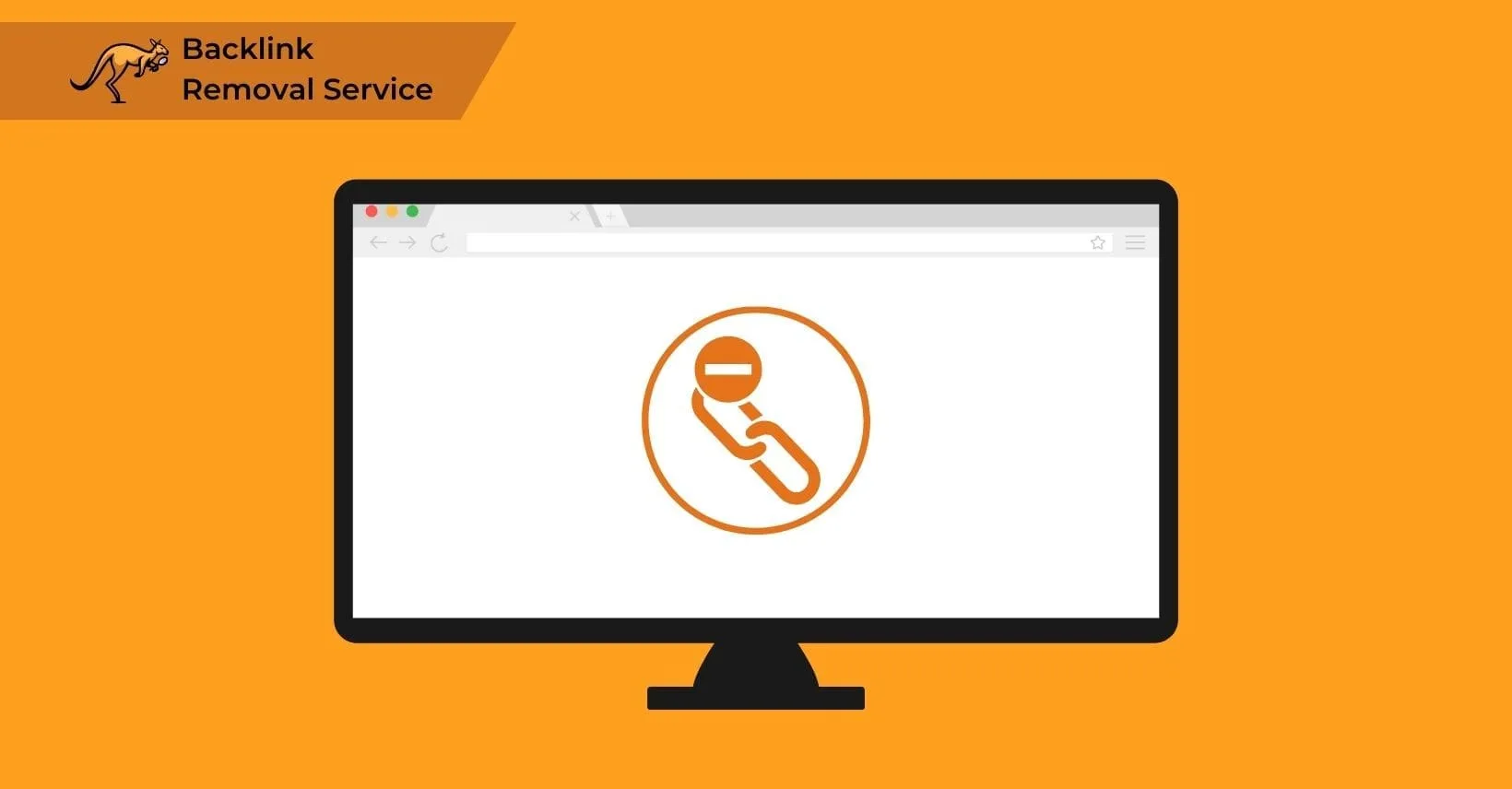Attracting more visitors to your website hinges on your grasp of search intent, which represents the user’s purpose behind each query.
At its core, search intent categorizes why users turn to search engines. Whether to find information, locate a specific website, purchase, or compare products.
Understanding and applying this concept effectively can enhance your content’s alignment with user needs, increasing traffic and engagement. Grasping the full spectrum of search intent clarifies user expectations.
It sets the stage for deeper exploration into how these intents shape search queries and content strategies. This understanding is vital for optimizing your digital content strategy.
Understanding Search Intent
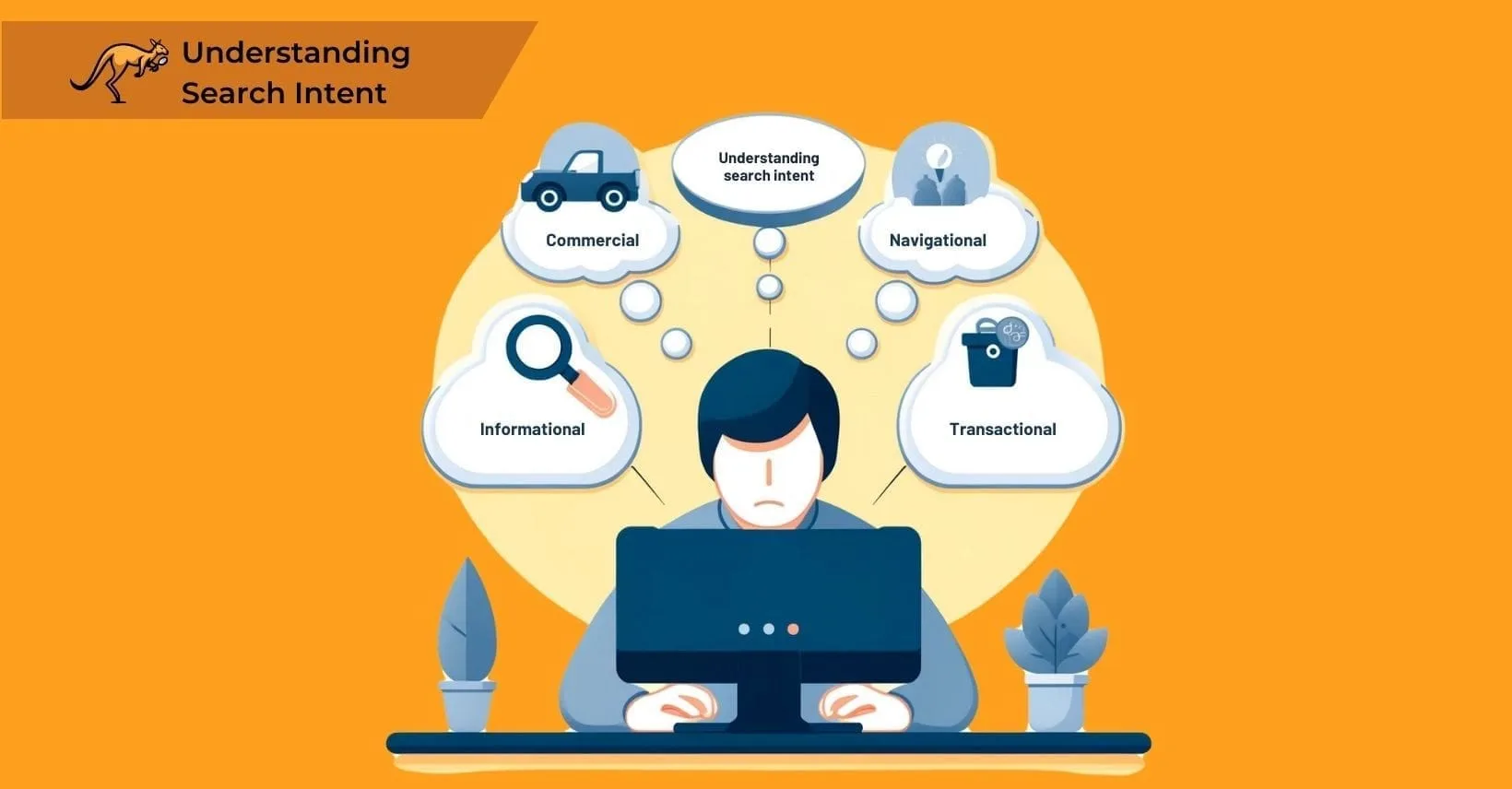
Search intent defines the purpose behind a user’s online query, which reveals what they hope to accomplish when using search engines. Every query users make indicates their intent, whether to acquire information, make a purchase, or other motivations.
Aligning your target keywords with the search intents of your audience is critical to positioning relevant content effectively at opportune times.
As we explore the nuances of this alignment, we will also consider the various manifestations of search intent, which shape how strategies are formulated across different queries.
Types of Search Intent
Search intent categories are classified into four main types: informational, commercial, transactional, and navigational, which represent the distinct purposes users have when conducting searches online.
While the specifics of a users’ search intent might still vary based on what they want, most keyword/phrase-based searches are done based on one of these four types, each of which is important to understand.
- Informational search intent occurs when users seek knowledge or answers to specific questions, demonstrating their desire to learn rather than purchase. The user is looking for valuable content that explains something and has used that particular query to try and find what they want to know.
- Navigational search intent manifests when users attempt to locate a specific website or webpage they already know exists, either by searching the site name directly or using related terms to find a site whose name they cannot recall.
- Transactional intent searches are the user’s intent to buy. They may or may not be after a specific product, depending on how niche the search keywords are, but they want to buy something and are looking for a product or service that satisfies search intent.
- Commercial intent searches, or commercial investigation, is a delayed transactional intent. Users want to buy something eventually and are looking over their options, looking to learn things similar to informational searches. They want to either find a product that fits their niche needs or want more information on the best products within that niche.
Each type of search intent plays a distinctive role in shaping user behavior online. Transactional intent, for example, indicates a user’s immediate desire to make a purchase, highlighting the direct commercial potential of such queries.
On the other hand, navigational intent typically involves a user’s aim to visit a specific website already known to them, possibly from recommendations or advertisements.
Understanding the underlying keywords that drive such searches becomes crucial as businesses strive to align their content with these varied user intentions.
Analyzing these keywords helps craft strategies that meet the specific needs and actions that users intend to perform next.
Keyword Intent
Analyzing search intent starts with examining the keywords users select. Keywords such as “how to” or “user’s manual” typically indicate an informational intent, suggesting the user is looking for knowledge.
In contrast, terms like “deals” or “free shipping” suggest a transactional intent, where the user’s goal is to make a purchase.
Keywords associated with a specific website often signal navigational intent, whereas terms used to compare products point to commercial intent.
Correctly identifying these intents is crucial for effective content strategy, as misinterpreting them can lead to ineffective content that fails to meet user needs.
With a clear understanding of these search purposes, one can then subtly refine how content is presented, ensuring it meets the varied needs and expectations of users.
How to Optimize For Search Intent
Optimizing for search intent requires creating content that precisely matches what users expect to find when they enter specific queries, which involves researching keywords, analyzing competitor results, and structuring content to address user needs directly.
Search intent is not merely about what users are searching for; it reveals the purpose behind their queries and the types of keywords they use that relate to your content.
When targeting your audience, understanding their intent is key to capturing their business effectively. For instance, users making informational queries about a service you offer should find themselves on helpful resource pages rather than direct product pages.
In contrast, those with commercial intent should be directed to detailed descriptions of your offerings rather than to broad FAQ pages.
Skillfully positioning relevant content to cater to informational, navigational, transactional, and commercial intents not only improves the user experience but also boosts your pages’ rankings and search engine performance.
Intent-based search refers to the search engine’s ability to interpret and deliver results based on the user’s underlying purpose rather than just matching keywords. Search engines analyze numerous signals to determine what users truly want when they enter a query, then rank results accordingly.
Recognizing the specific keywords that drive these searches is a fundamental step in refining this alignment.
Identifying Keyword Intent
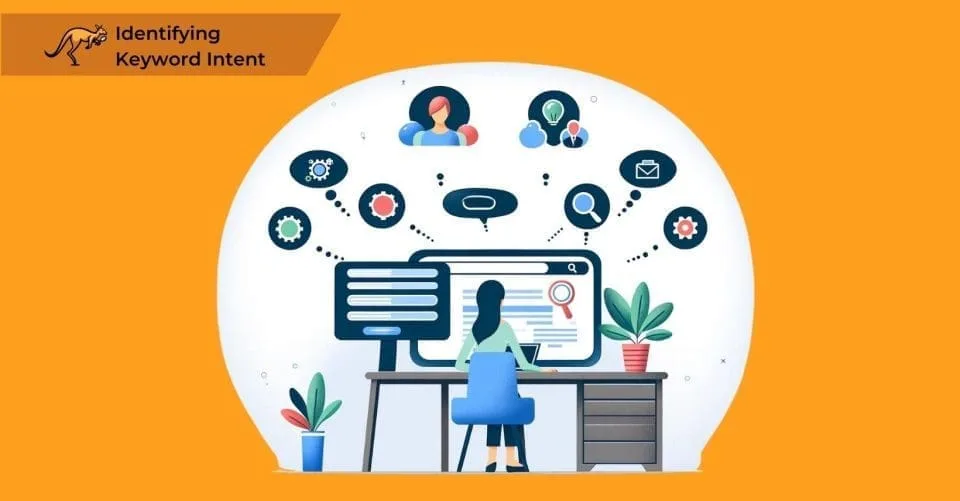
Identifying keyword intent involves discerning the purpose behind a searcher’s queries.
The challenge lies in tracking down what your audience uses to find your content and in accurately interpreting these findings. Various tools are available to pinpoint the exact terms driving traffic to your pages.
Proper analysis of this data is essential to align your content strategy with user expectations. Successfully mapping out these queries helps better understand the types of information your audience seeks, leading naturally into considerations of how they seek factual content.
Informational Intent
Informational intent keywords tend to be queries, usually with an exact keyword about a particular product or niche.
The user wants to find information about at least one specific search term in their search and is more interested in learning than buying.
This could mean terms like:
- Guide
- Tutorial
- How to…
- What is…?
- How do I…?
Navigational Intent
With navigational search intent keywords, the user is looking for a specific website or page.
This often means that they will use the name of that website if they can remember it, but they end up using other search term additions if they can’t find what they want and have to brute-force the right results.
This could mean terms like:
- [Website/brand name]
- About
- Contact
- Support
- Login
Transactional Intent
Transactional intent searches are for buying, so they will use at least one search term that relates to purchasing.
However, they might also include others, such as the name of a third-party website like Amazon or additional descriptors to narrow down what they are actually looking for.
This could mean terms like:
- Buy [Product name]
- [Colour that they want the item to be]
- Free delivery
- Cheap
- Second hand
- Genuine
Commercial Intent
Finally, commercial intent searches strike a balance between informational search intent and transactional search intent, using a mixture of both.
This often means queries of informational search intent terms but with a clear focus on comparing them or viewing them through the context of a customer.
This could mean terms like:
- Review
- Is [product] safe?
- Local
- Cheapest
How to Determine Search Intent
Distinguishing between commercial and transactional keywords and other types associated with specific audience intents often presents a challenge due to considerable overlap, especially when your brand frequently appears in search queries.
This overlap emphasizes the necessity for precision in understanding search intent. Incorrect interpretations can result in targeting inappropriate audiences or misapplying insights derived from search results.
Determining search intent requires analyzing the specific language and context of search queries through dedicated SEO tools that reveal patterns in user behavior. With these analytical tools, monitoring which queries prompt your site to appear and understanding the contexts involved becomes straightforward.
This is particularly useful for differentiating between informational and commercial intents, even when the same keywords are employed across different target groups.
Applying practical reasoning to the analysis of user searches is also vital—for instance, “local” or “directions to” typically indicate navigational intent. Conversely, searches beginning with “buy” suggest a transactional or commercial intent.
Understanding these nuances not only refines your targeting approach but also sets the stage for effectively leveraging this knowledge to enhance your site’s relevance to user needs.
How to Use Search Intent
Understanding search intent allows businesses to discern precisely what their audience seeks, providing clear guidance on creating content that meets these needs and captures their interest.
When users find content that resonates with their search queries, they are more likely to engage with it, increasing the likelihood of a visit to your site. This engagement satisfies users and funnels them toward your sales offerings, raising brand awareness along the way.
Such strategic content placement, supported by authoritative links, enhances site traffic, potentially converting visitors into customers.
This approach also favors your content within search engine results, aligning perfectly with ongoing optimization efforts.
The effective alignment with user search intent can, for example, lead to the creation of targeted landing pages that directly address the queries posed by your audience, setting the stage for enhanced SEO performance.
It sets the stage for discussing the broader impact on your SEO strategy, revealing how precisely aligning with search intent can be a game-changer in enhancing your online presence.
Why Does Search Intent Benefit Your SEO?
Search intent forms the foundation of effective SEO strategy because it enables marketers to align content precisely with what users are actively seeking, which improves rankings and drives qualified traffic to your site.
You are being shown the terms that triggered your site to appear in search results pages, and that makes it much easier to create content that fits those niches.
Whether you are throwing out a blog post related to a specific keyword with a high search volume or creating entire new landing pages to draw in transactional searches, you are helping with your SEO. Not only are you capturing more traffic, but you are doing it with relevant pages that users are finding value in.
Search engines prioritize content that satisfies user intent because this alignment directly improves user experience and satisfaction with search results. When websites correctly match their content to search intent, search engines reward them with higher rankings, recognizing that these pages effectively serve users’ needs.
Search Intent FAQ
Incorporating SEO into your digital strategy enables fresh, attractive content that captures user interest and site traffic.
By analyzing the search terms that lead visitors to your site, you can efficiently create content that aligns with those specific needs and niches.
Whether you publish a blog post targeting a highly searched keyword or developing new landing pages aimed at transactional searches, such efforts contribute positively to your SEO.
This strategy increases traffic and enhances the relevance and value of your pages to visitors. As questions about the effectiveness of such SEO practices continue, we find that understanding the details can provide clearer insights into their benefits.
Does On-Page Search Engine Optimization Matter for Search Intent?
On-page SEO does matter for search intent but in a slightly different way than usual.
Normally, you would use on-page work to boost the chances of your content appearing in search engines for specific search intent.
While this is still true, here, you are sometimes specifically targeting certain queries or topics – meaning that meta descriptions and titles are sometimes more niche and targeted at that particular audience.
Do I Always Need To Create New Pages for New Content?
Updating old content to better suit the kinds of search results those pages appear in can work, as can streamlining your site by answering multiple queries on one page.
However, in some cases, it is worth making a new page simply to avoid putting too much irrelevant information into one place.
How Do I Find Search Engines’ Targeted Audience Search Terms?
Most audience intent information can be gathered using standard SEO tools – Google Analytics, keyword research tools like Google Keyword Planner, and so on.
Different tools have different ways of displaying search results that trigger your site to appear, so make sure to learn the tools that you have chosen to avoid any confusion.
Remember that there can also be false positives or cases where a user has phrased something badly.
If possible, looking at the higher-search-volume results is the best option because they are the keywords that users are searching for the most – giving you an idea of where the majority are focused.
Final Thoughts – Search Intent as a Marketing Tool
Search intent is useful. It allows you to figure out what your target audience is looking for and gives you an idea of the content you should provide in order to capture their attention.
Everything that a user puts into their search bar influences what pages appear and where, and that is an important thing to remember. Even the slightest change can impact which search results your site appears in and which users will be able to find your content.
By figuring out which content your audience is looking for and matching the content that they actually want to see, you have a direct path to increasing your conversion rates, improving the experience for your target audience, and giving a big boost to your site’s organic traffic.
In the end, this is what search intent is: a way of understanding what your audience wants and matching it with content and links that are most relevant to them. Their intent is the reason that they even made the search in the first place, so providing them with a suitable selection of content is an easy way to get them on your site.
Of course, having to perform keyword research and looking at results from search engines can also be quite confusing at times. Like any marketing technique, there is no guarantee that everything will work quite as planned.
Still, using the correct tools and taking the time to figure out your own strategies will help you out in the long run. User intent is quite a simple idea broken down into a lot of very specific details, and it just takes some time to learn how it all works.
